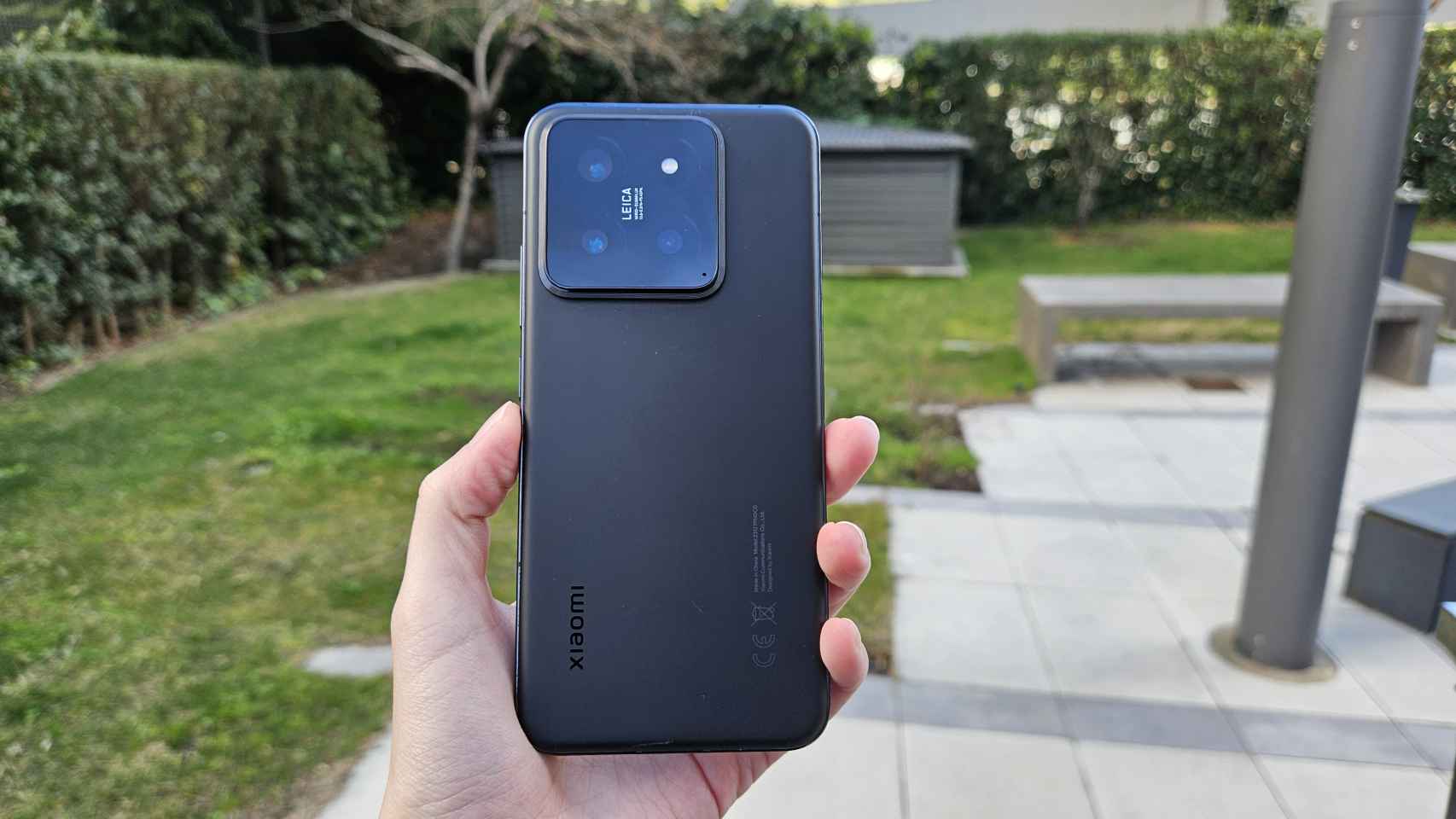The date for a new edition of the Apple Developers World Conference is approaching WWDC 2022with the opening speech of the event which will take place on June 6, and many novelties could be realized.
Although the WWDC is an event clearly intended for the developers of the company, Apple takes the opportunity to present all the innovations to come at the level of its many and varied operating systems.
We have yet to hear much news that may come with macOS 13but we have some ideas of what we’d like to see in the next version of Apple’s laptop and desktop operating system.
Bug fixes and much more
Whenever a new version of the operating system arrives, it is time to release new functions that give us greater accessibility and operability between devices. However, fixing errors and bugs detected by users is also important.
For Apple, fixing persistent problems is a priority and that’s why many updates to its operating systems focus on fixing problems reported by users.
Apple’s Mac operating system has long had persistent issues that not all users of the brand experience, but many are affected. For example, see memory leaks that occur on some Mac computers.
You may be able to find many suggestions on the net about possible solutions that other users have found, but the problem doesn’t seem to have an easy fix.
iOS and iPadOS are constantly evolving and new features are being added, which together with the vast array of new hardware on the Mac, which now includes Apple Silicon M1 chipsets, makes it nearly impossible to take the same simple approach on PCs.
In this sense, it is to be expected that Apple engineers will work hard with macOS 13 and the solutions to the problems that have arisen in recent years, the result of the necessary coexistence between two very different architectures such as equipment with chip base. Intel Core and the new Apple Silicon.
Improved Time Machine with iCloud
Among the functions that we consider essential to our wish list, and which we already highlighted last year, is the possibility of having a
Apple already allows iPhone and iPad backup to iCloud, and macOS has already implemented many of the features found in iOS and iPadOS, so it’s time for Time Machine to join the fray.
If online store capacity is an issue, Apple sells 200GB of iCloud+ storage for $2.99 per month or 2TB for $9.99 per month. For Mac backups, Apple might sell a $5 per month mid-plan that offers 1TB, enough for most computers.
iCloud is one of the best options for Apple users who need cloud storage service. we explain everything iCloud offers for your iPhone, iPad or Mac and how much their subscriptions cost.
Improvements in the ‘Control Center’
Apple introduced “Control Center” in macOS 11 Big Sur, and without it, my menu bar would look even more ridiculous than it already does. In fact, Control Center helps clean up a lot of the menu bar clutter, but it has very few customization options.
Some of the buttons are permanent, so even if you want, for example, Wifi status to appear in the menu bar, it will also remain in “Control Center”. And there are only three other optional modules that you can currently add.
We think “Control Center” should be more like iOS: it has more controls, offers the ability to remove modules, and supports home controls. On Mac, you can even go a step further with cleaning up the menu bar by supporting third-party apps.
With the presence of the notch so apparent on the 14-inch and 16-inch MacBook Pro, “Control Center” can now be used to minimize the icons displayed in the menu bar and make it look cleaner on the main window. .
Application Library
App Library on iPhone automatically organizes apps into categories, a useful feature that would also be great on the Mac. App Library could replace the relatively outdated Launchpad, and it could also incorporate updates to the App Library. apps for iOS.
In the grand scheme of the Mac, however, the App Library, Launchpad, and other app organization tools are low-priority Mac features, because Mac apps exist differently from those in iOS or Apple. iPadOS.
In the latter two, applications exist on the surface of the user interface, so organization is a major concern. For Mac, start macOS on a desktop computer; you won’t even see app icons if you don’t want to.
Additionally, the Mac experience tends to be more file-centric; users often open files by double-clicking them, which launches the associated application.
But the synergy is always good.
As someone who uses and tests a wide variety of apps, sometimes I have an app that performs a function that I need right now but won’t use very often, and I forget about it.
The App Library would really help me rediscover software already installed on my Mac.
password manager
Apple does a great job of storing passwords through iCloud Keychain, but it’s a bit complicated to manage. Web page launches are managed in Safari preferences, while you can use the Keychain Access app (located in Applications > Utilities) to manage all passwords.
What we are going to do is that Keychain Access is far from a simple application to use, especially when there are many passwords stored for each type of application or service.
Having a single password manager app with a friendly user interface would make it easier to manage all your passwords. And it doesn’t have to replace Keychain Access, which may still be available for certificate management.
Apple might also offer an option to universally disable the built-in password manager. Many users have invested in third-party password managers like 1Password or Dashlane because they want cross-platform compatibility.
Currently, if you don’t want to store a password in Apple’s system, you have to do so on a case-by-case basis, and if you store a password in both Apple and a third-party manager, you might have a clunky overlay of context menus.
Make Photobooth look more like clips
Many users may have forgotten that Photobooth exists. It comes with every Mac and is an application that works with your computer’s webcam so you can record videos of yourself.
It has a series of fun effects that let you distort your face or apply a series of filters. For the iPhone, Apple offers a free app called Clips. It’s Apple’s attempt to get into action on social networks like TikTok or Instagram.
These tools allow you to create funny videos in clips that you can share or use for a longer video. The good thing is that Clips offers a good set of effects.
It can show you a Memoji, use filters, add text, place stickers, or include emoji. You can even add background music. You can import photos and videos that you have already captured with the iPhone camera and crop them.
That said, why not update Photobooth to look more like Clips? Mac cameras can be a problem, as they look nothing like the iPhone’s 12MP TrueDepth cameras with Face ID, so features like Memoji might not be feasible.
But still, Apple could offer live titles, scenes, text and other clip features. Apple Mac M1s can run iPhone and iPad apps, but clips cannot be downloaded to the Mac.
Apple could just bring the Clips app to macOS 13, but that would mean it can’t run on Intel chipset Macs, which Apple said it would continue to support for a few more years. Updating Photobooth would fix this issue.
Replace “System Preferences” with “Settings”
MacOS has “System Preferences” while iOS and iPadOS have “Settings”. They’re basically the same thing (they even have the same icon), the place where you adjust various system and app settings for each device.
It’s time to rename “System Preferences” to “Settings”; we prefer the shorter name. I’m sure Apple’s documentation editors might cringe at the idea, because it means they’d have to update a ton of support documents, manuals, etc.
But the more uniformity there is between operating systems, the better, even in small details like naming. Some people may prefer a redesign of macOS “System Preferences” to look the same.
However, we thought that wouldn’t be a good idea, as both are designed to take full advantage of the size of their respective screens, and macOS should be allowed to take better advantage of their higher resolution.
Everything that was on our macOS 12 wishlist
A large part of our wishlist macOS 12 didn’t happen, so we brought the functionality back into Time Machine and Control Center.
Either way, we would love to see new features associated with the Apple Wallet app, Desktop Widgets, Apple Health and Fitness platform. If Apple were to grant all our wishes on this list, the new macOS version 134 could be great.
Take a look at our article on complete list of all versions of macOS X and macOS. With the exception of the first OS X beta, all versions of the Mac operating system from 2001 to 2012 had feline names.
Original article published in igamesnews US.
Table of Contents











